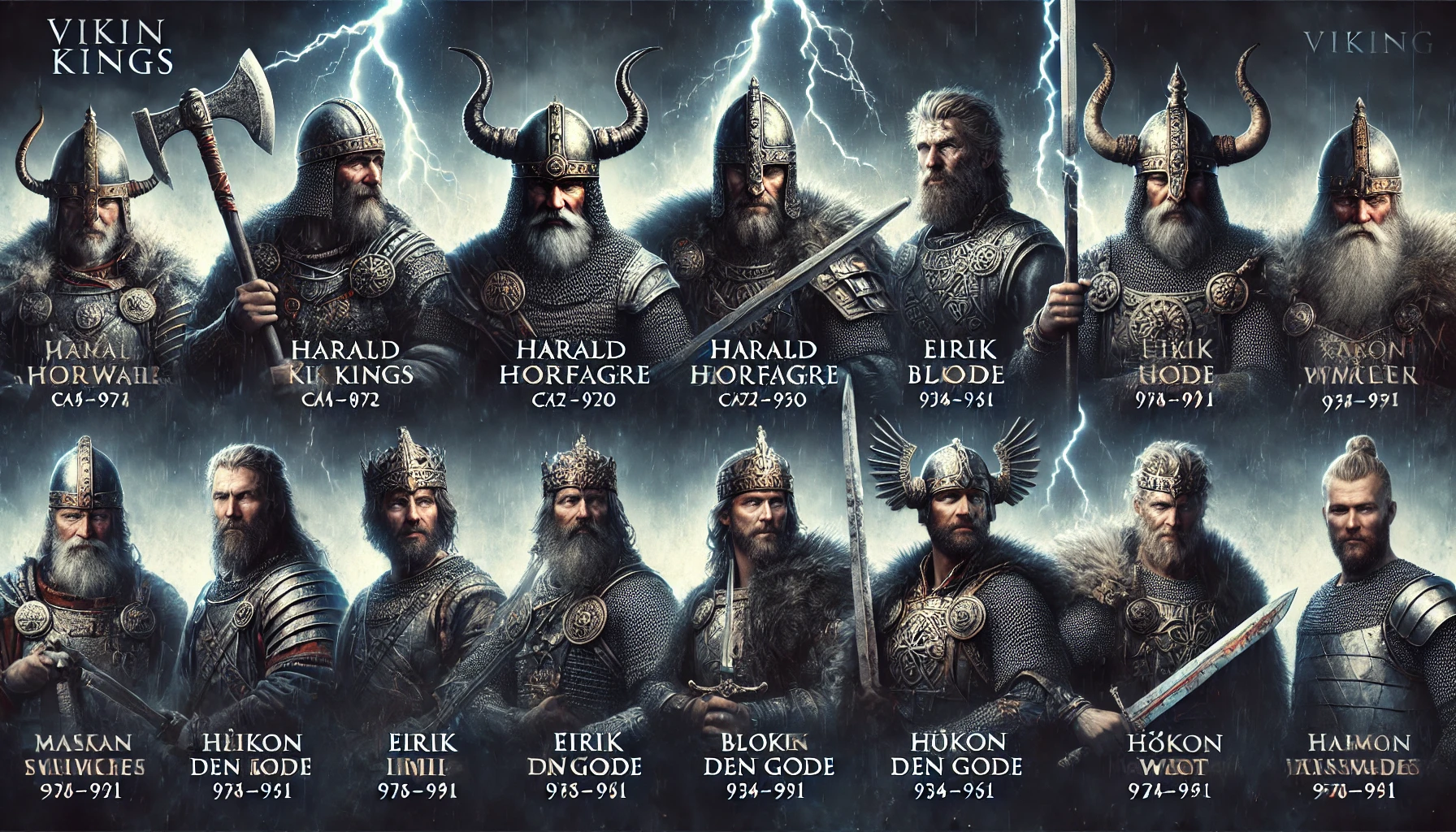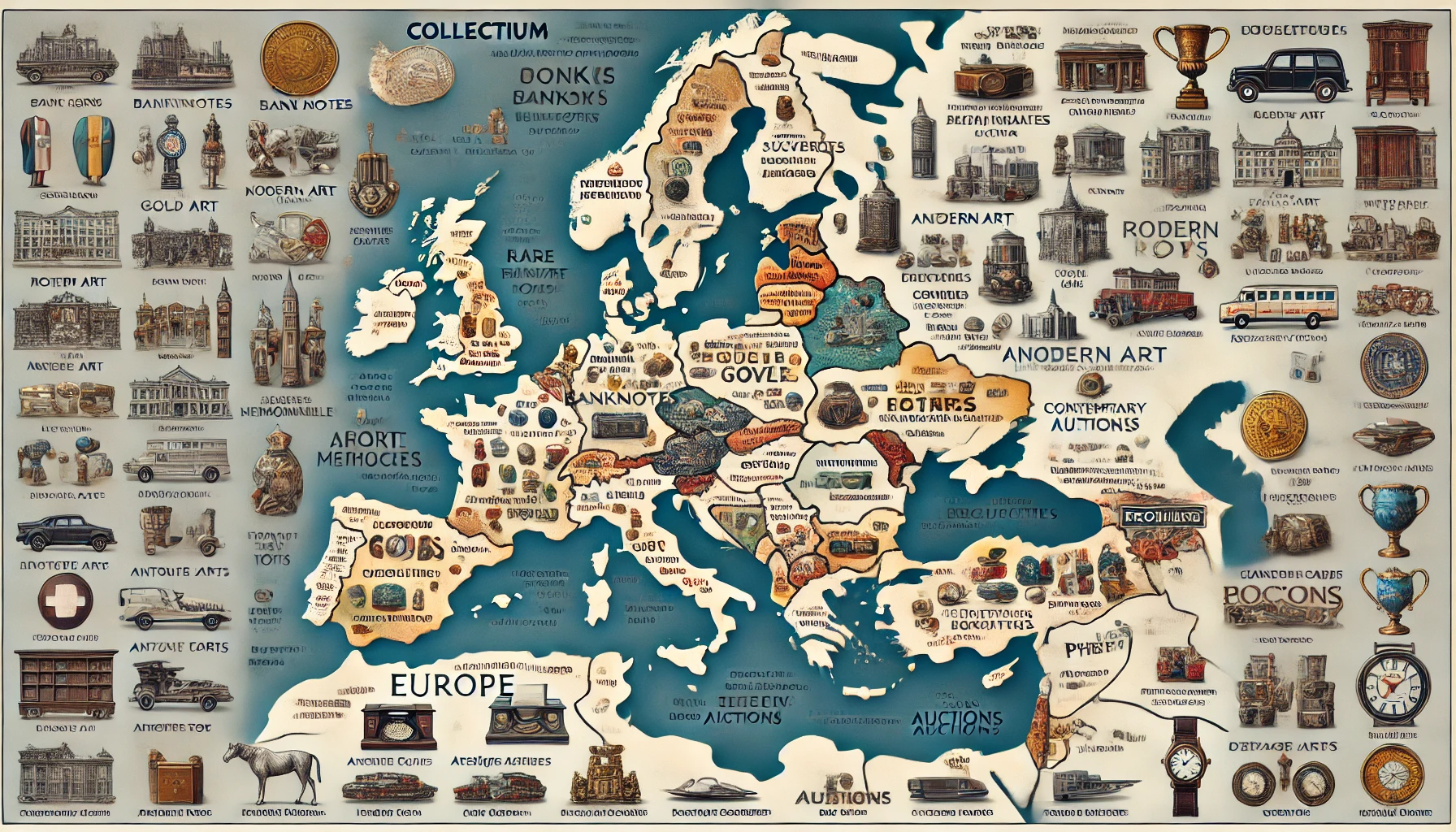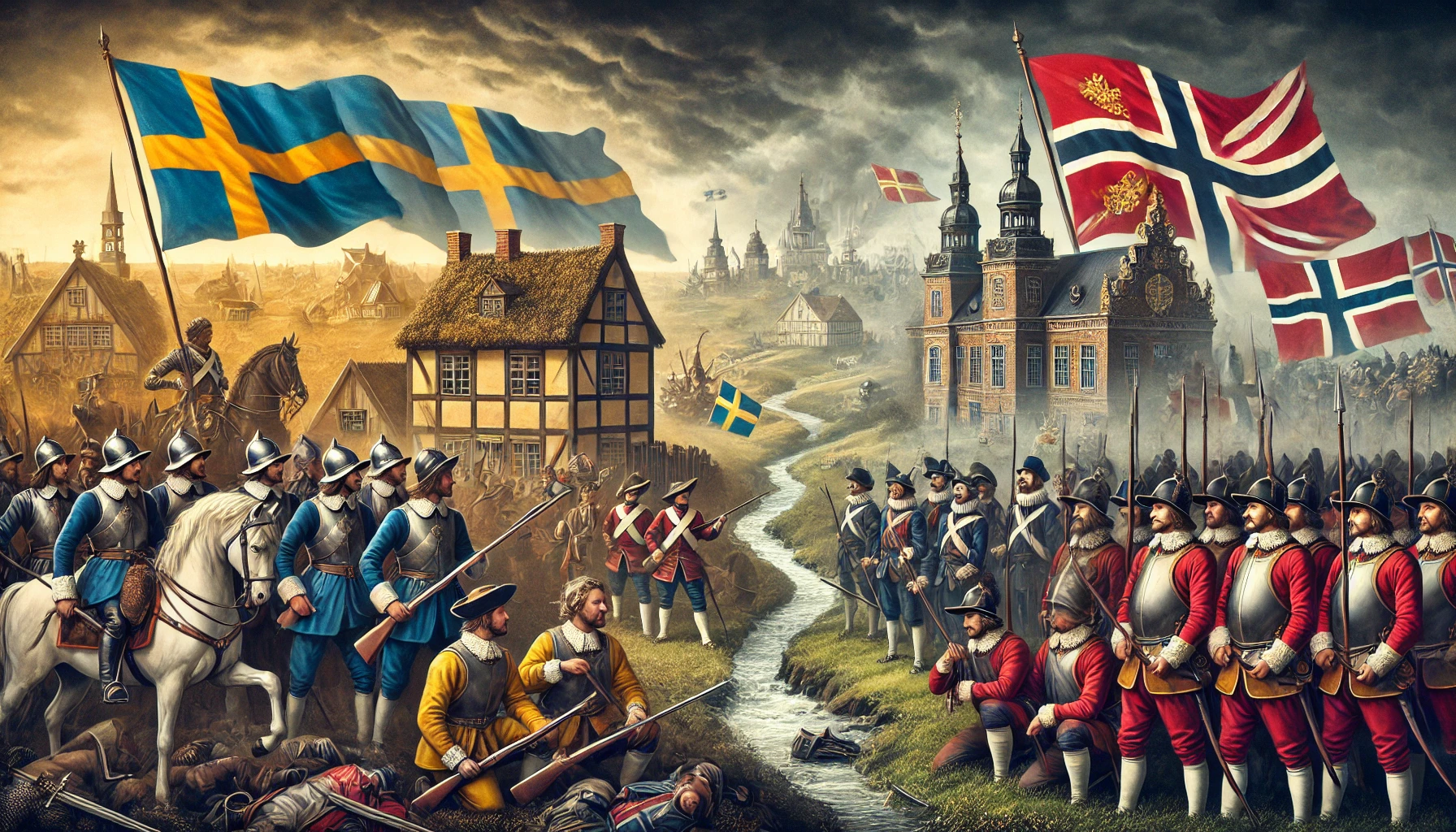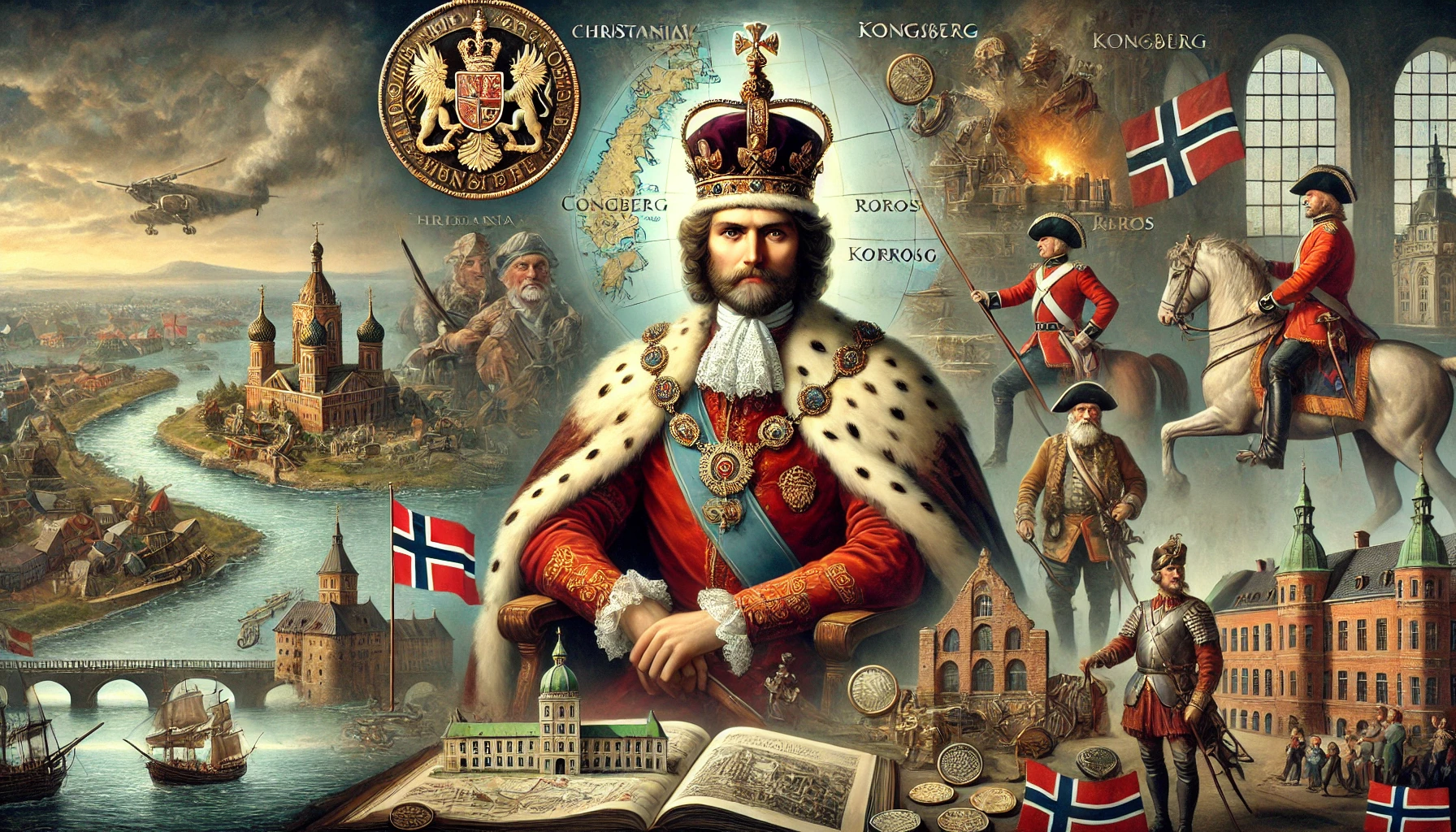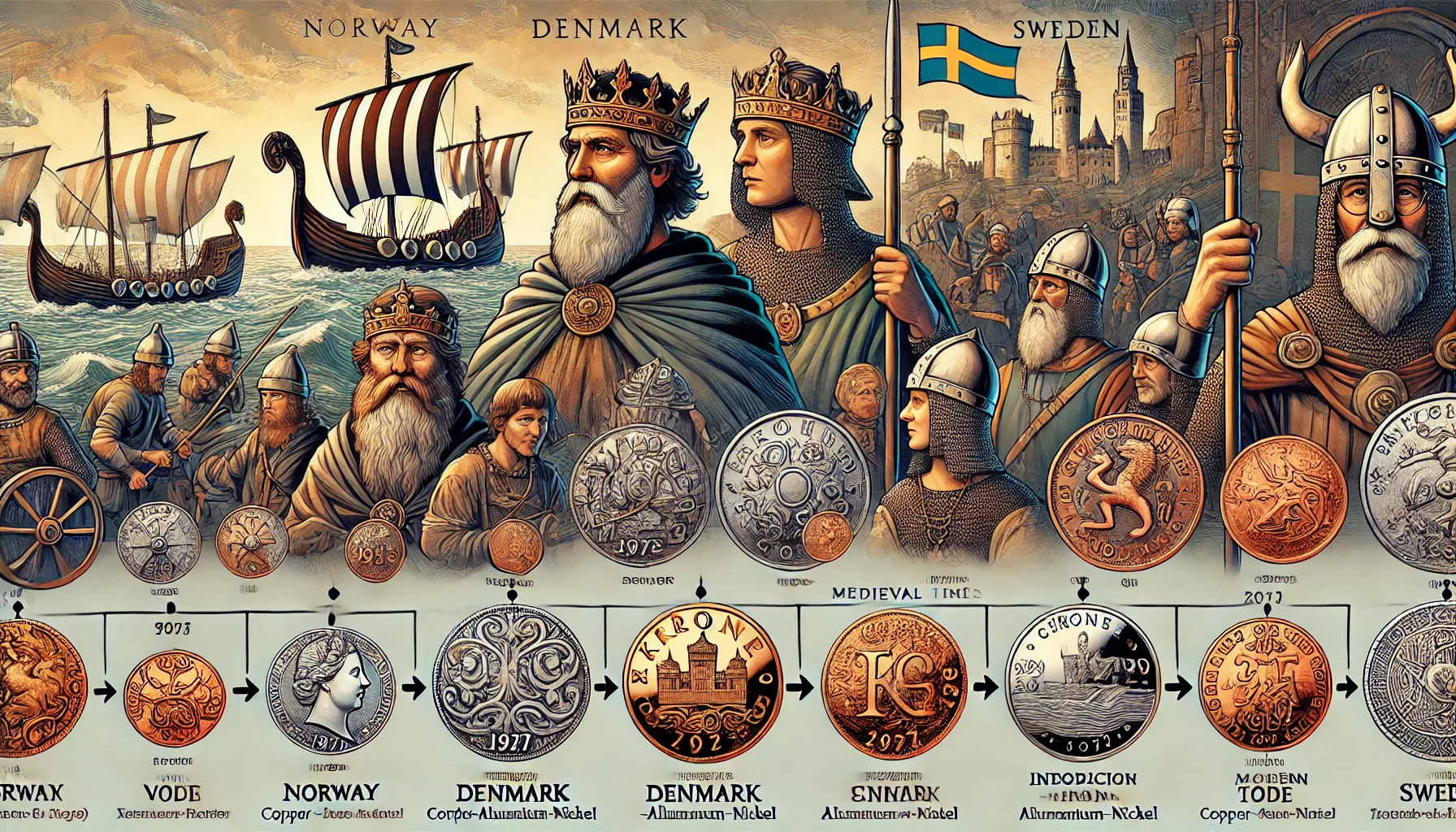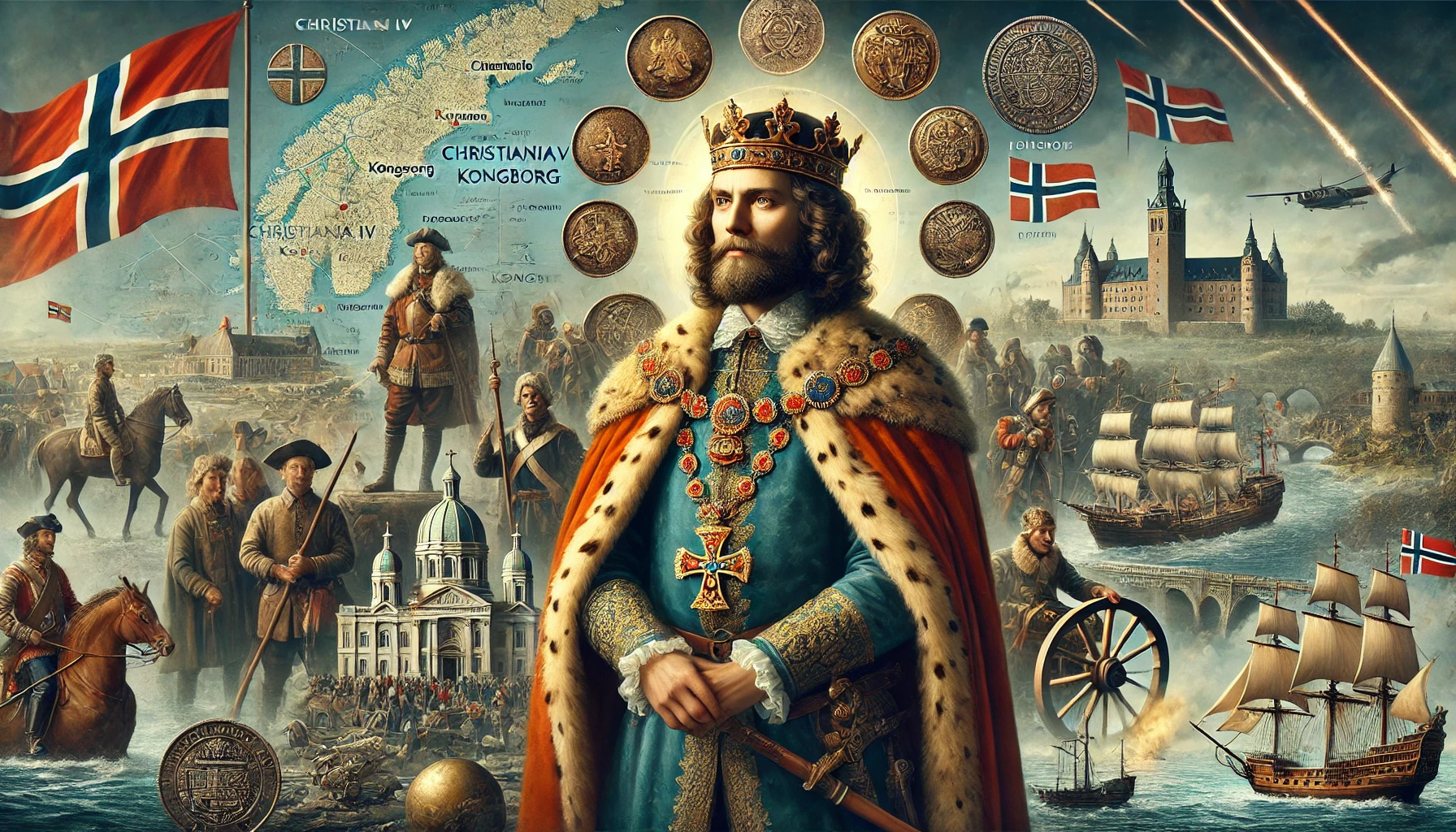Explore Historical Treasures
Sigurd Munn (Sigurd II) - King of Norway (1136–1155)
Dive into a world where every artifact tells a story. Discover articles and presentations that bring history to life through the lens of rare coins, ancient documents, and more.
Brief Introduction
Sigurd Munn (1133–1155) was King of Norway from 1136 to 1155. As the son of King Harald Gille, he was declared king at the age of three following his father’s death. His reign was marked by power struggles and conflicts both within Norway and with neighboring countries.
Early Life and Background
Sigurd was born in 1133 to King Harald Gille and Tora Guttormsdatter. He was proclaimed king at the Øreting in Trøndelag after his father’s death in 1136, growing up under the protection of nobles like Gyrd Bårdsson and Ottar Birting.
Nickname and Origins
Sigurd earned the nickname “Munn” (Old Norse: Sigurðr munnr) due to his “handsome appearance,” but it could also refer to a possible physical deformity like a cleft lip. The nickname is likely related to his mouth or his ability to speak well.
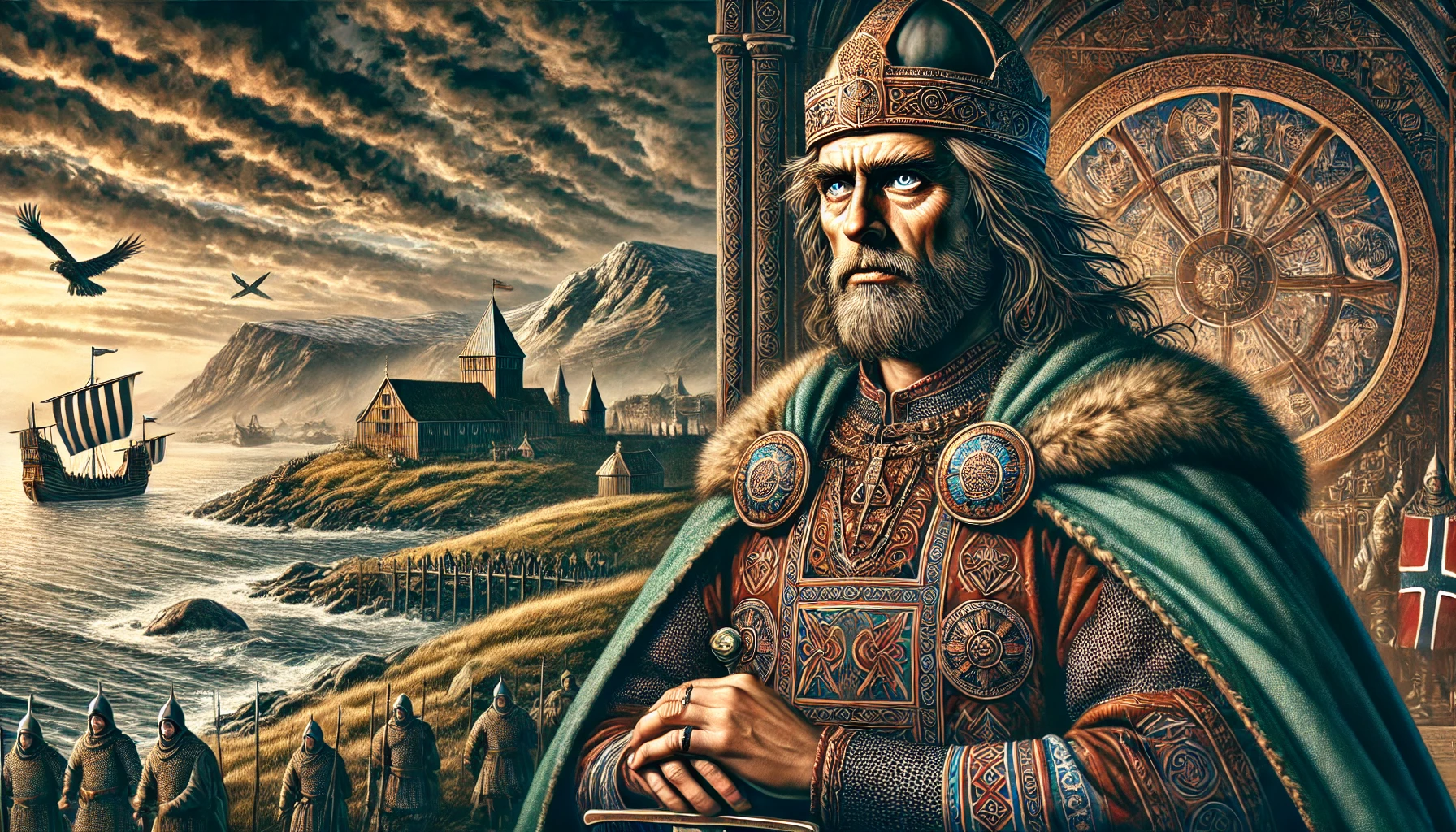
Personal Information
- Born: 1133, Norway
- Died: June 10, 1155, Bergen, Norway
- Buried: Kristkirken, Bergen
- Father: Harald Gille
- Mother: Tora Guttormsdatter
- Siblings: Inge Krokrygg, Øystein Haraldsson
- Partners: Kristin Sigurdsdatter, Thora, Gunnild Asgautsdatter
Children:
- Håkon Herdebrei (1147-1162)
- Sverre Sigurdsson (1151-1202)
- Sigurd Markusfostre (died 1163)
- Eirik Sigurdsson Jarl
- Harald Sigurdsson
- Cecilia Sigurdsdatter (1155-1186)
Career
- Ascended: 1136
- Resigned: 1155
- Reigned Over: All of Norway, jointly with his brothers Inge Krokrygg and Øystein Haraldsson
Role in Currency and Trade
During Sigurd Munn’s reign, coins remained the primary medium of exchange in Norway, despite the country’s primarily agrarian economy. Trade with foreign lands, especially Denmark and England, was limited due to Norway’s geographical challenges and lack of good harbors. Silver coins were mainly used, but goods like fish, fur, and timber were also traded.
Economic and Cultural Contributions
Sigurd’s reign saw minimal economic and cultural development. His time in power is mostly remembered for the political and military power struggles during the period. However, he played a role in the establishment of the Nidaros archbishopric in 1152/53 alongside his brothers.
Military Conflicts
Sigurd’s rule was dominated by internal strife, particularly his conflict with his half-brother Inge Krokrygg. Sigurd and Øystein Haraldsson sought to challenge Inge’s power, but the conflict led to Sigurd’s death in 1155.
Summary
Sigurd Munn became king at a young age and ruled during a turbulent period marked by internal conflicts and power struggles. He is remembered primarily for his involvement in the Norwegian civil wars of the mid-12th century. His death marked the end of a volatile chapter in Norwegian history, with his descendants continuing the fight for the Norwegian throne.
Sources: Collectium Online Catalog and Wikipedia


